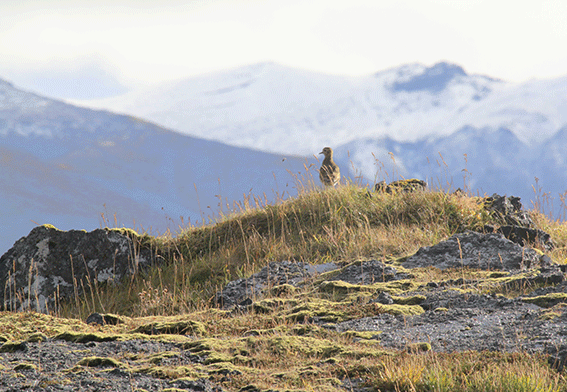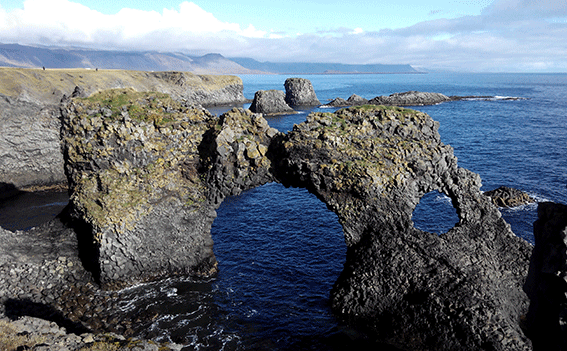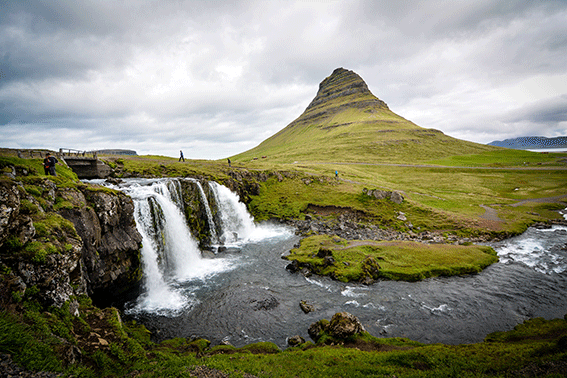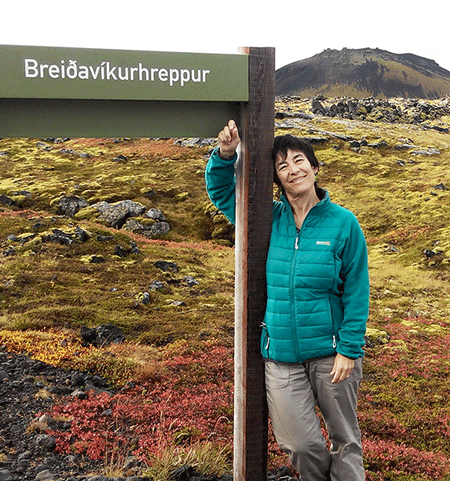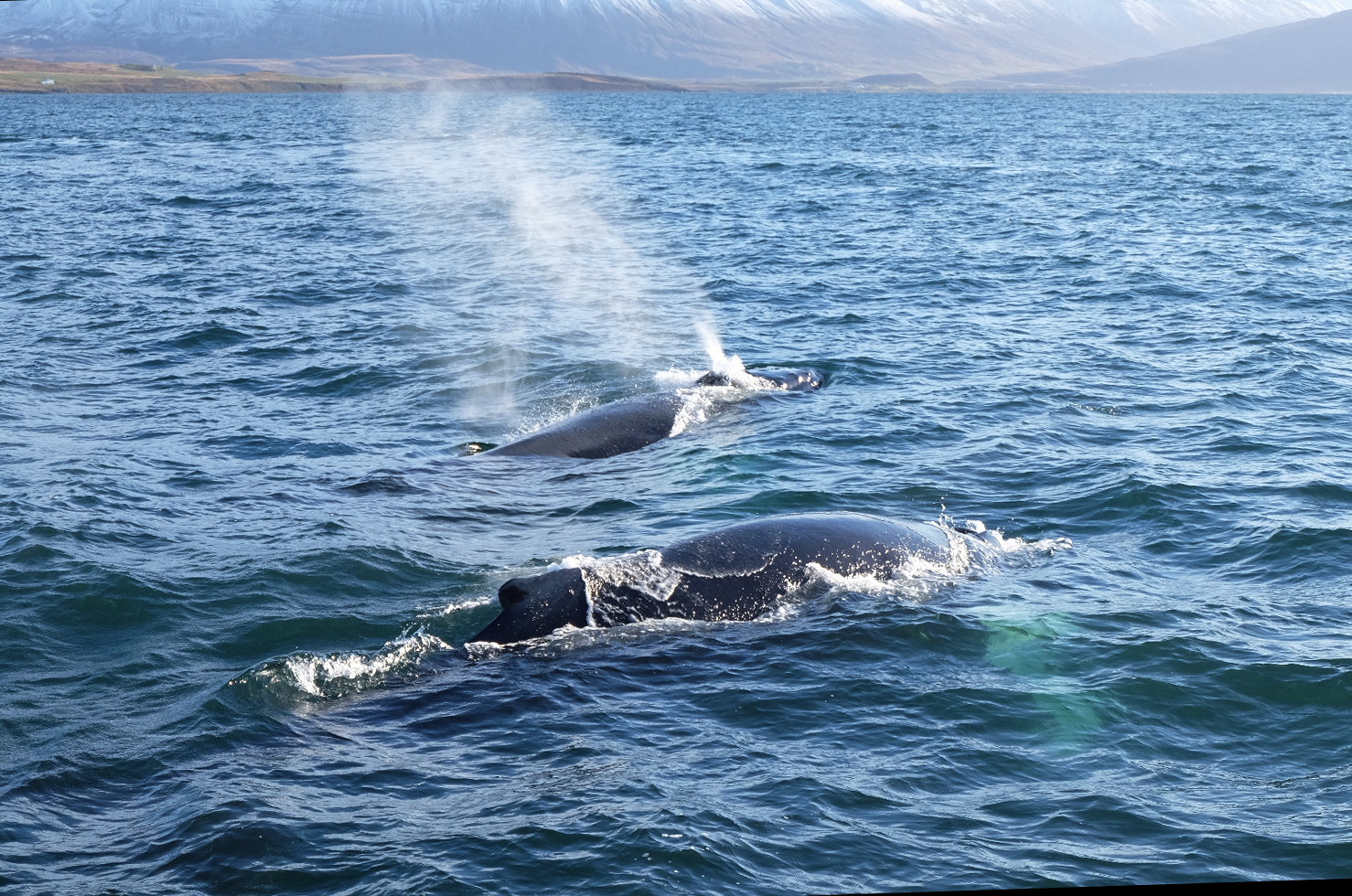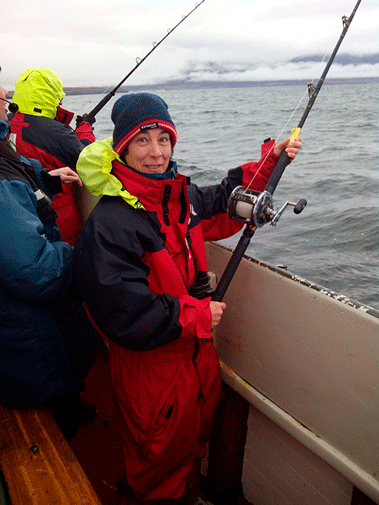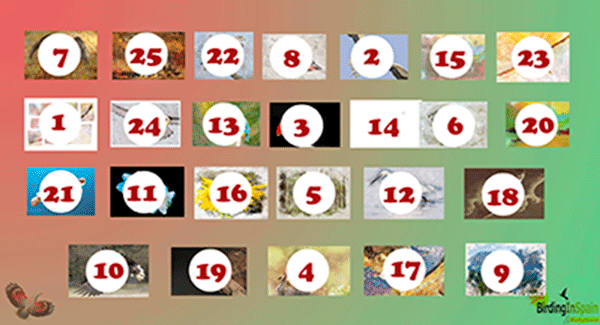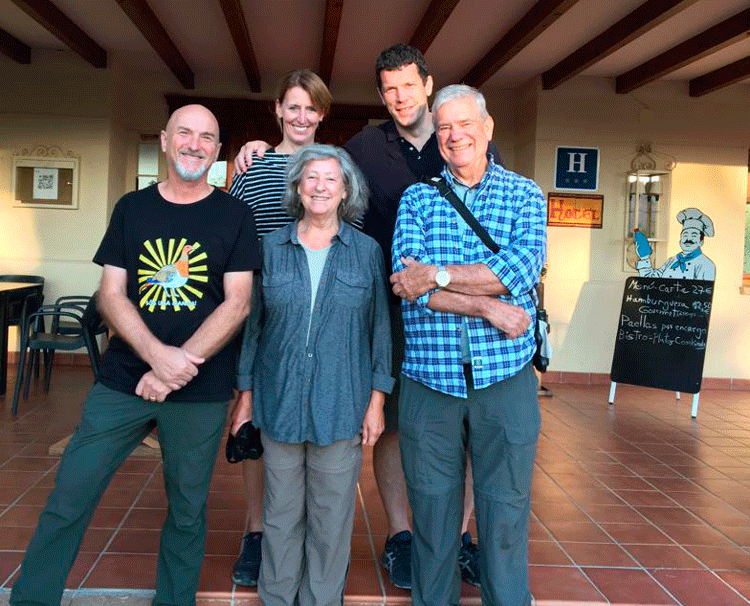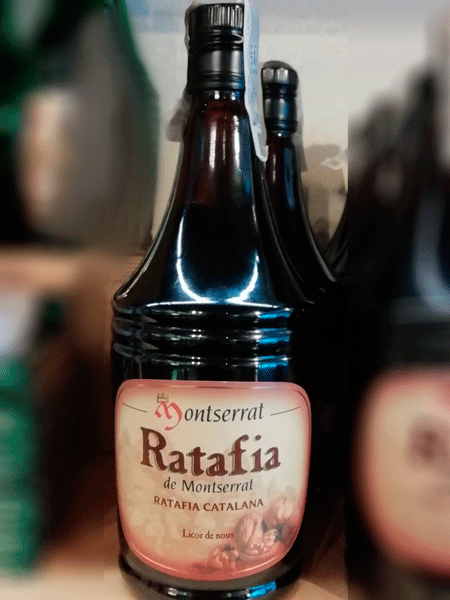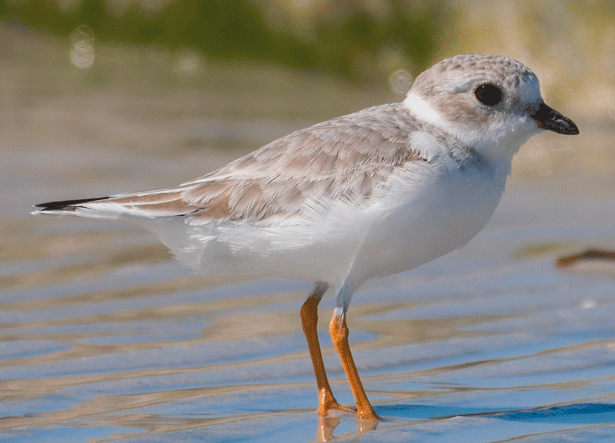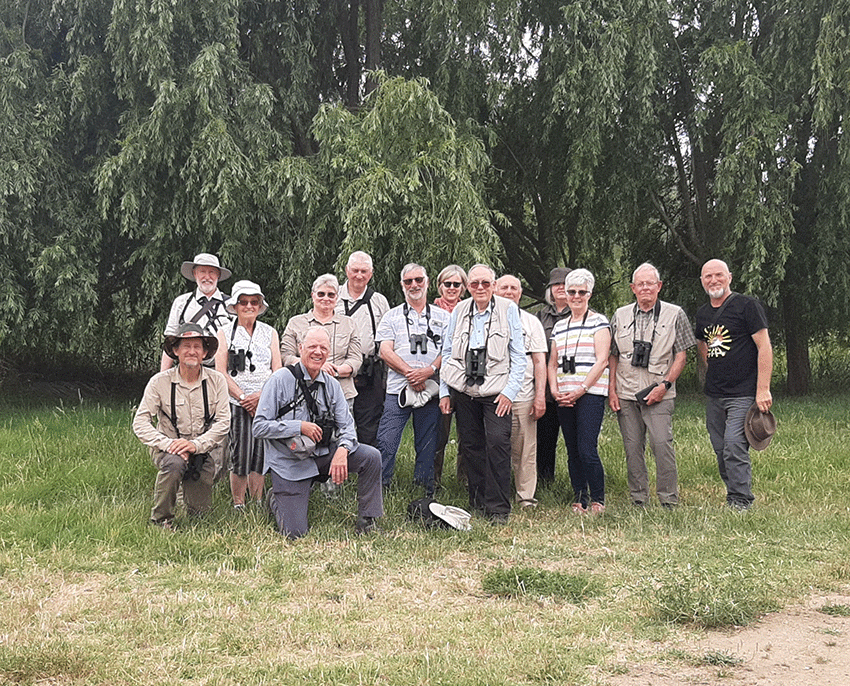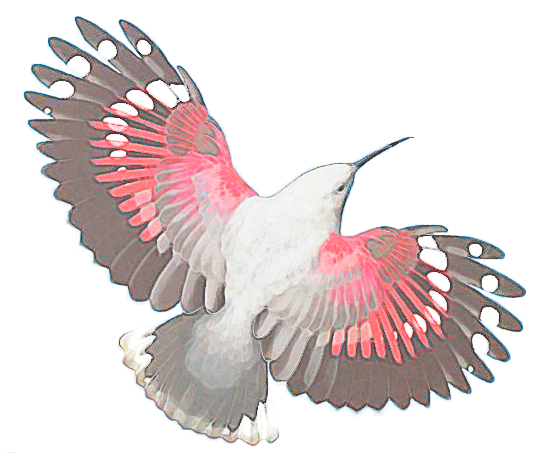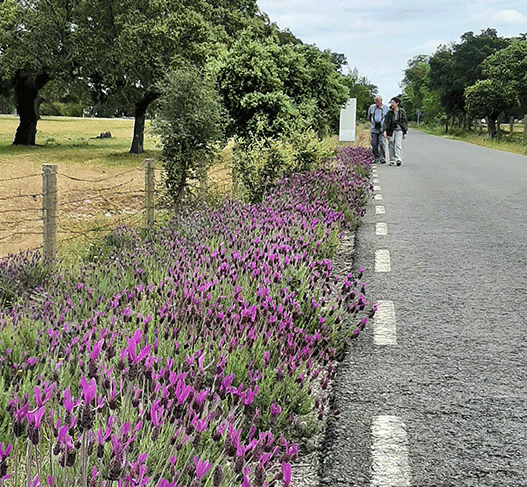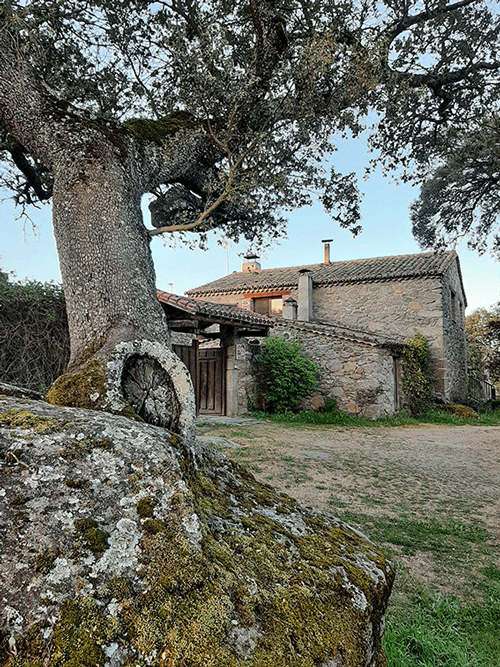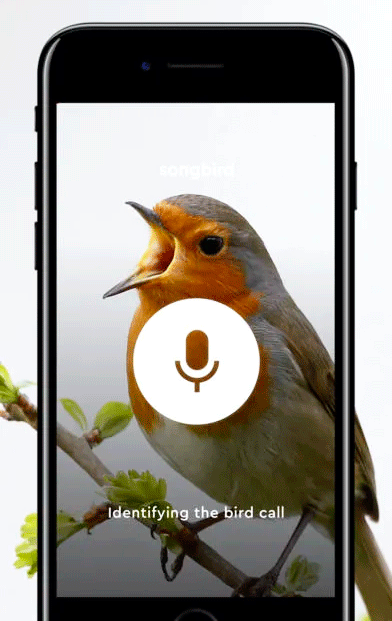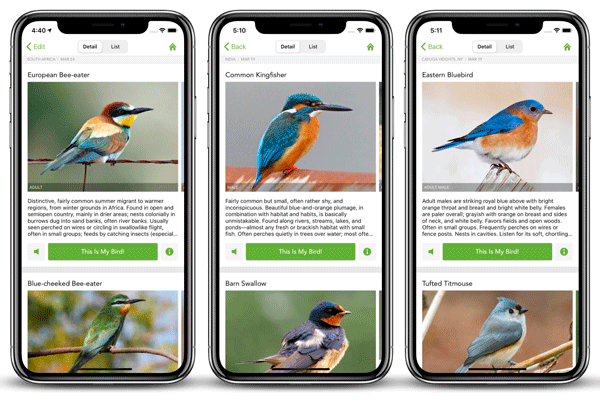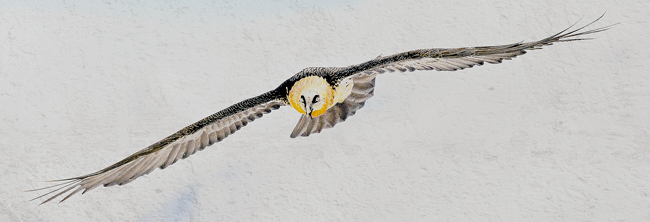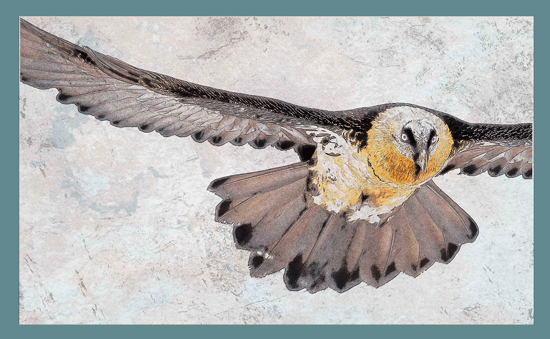Booking.com, Part 2
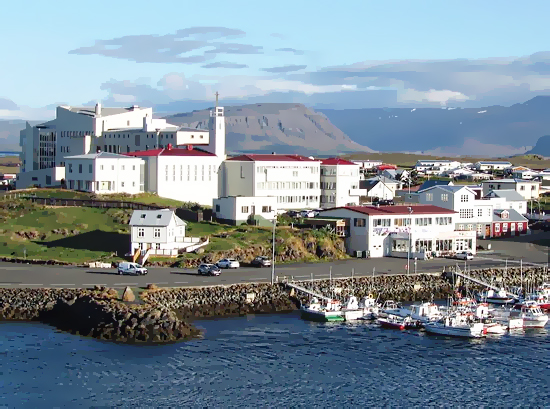
Fransiskus hotel, Stykkisholmur, Iceland
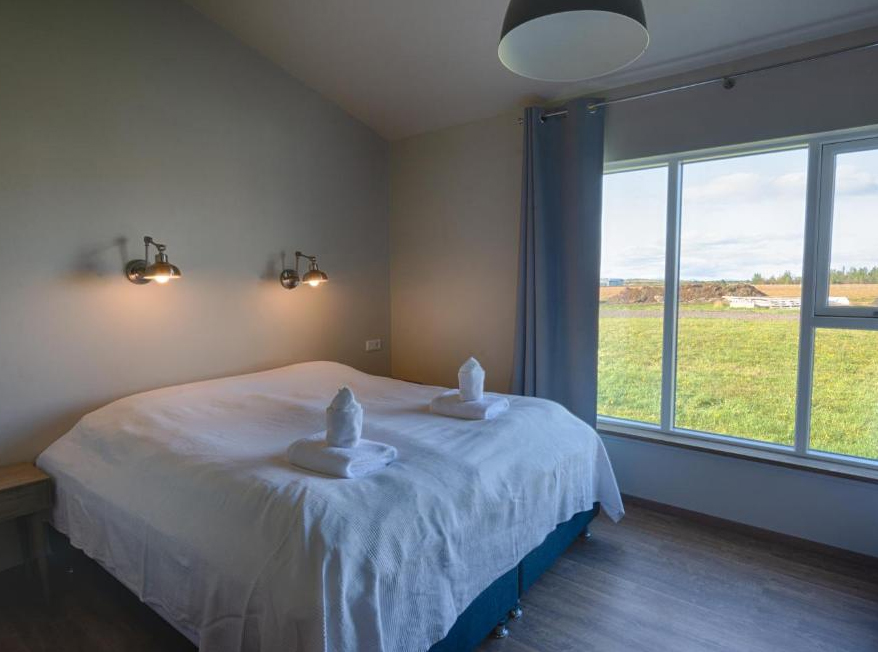
Loas nest hotel, Iceland
The worst
*note that this article does not refer to either of the above establishments, which are very good, and here only to illustrate the article, which we do not want to illustrate with the bad establishment
We had successfully completed the first leg of our delightful autumn Iceland Tour and most of the group had departed from Keflavik airport to head back home to the USA or to the UK. Now it was just Florinda and I, and our favourite clients, M and C. This couple were going to continue with us for another 4 nights, to catch up with the first part of the tour that they had missed by arriving for the tour on a later date.
M and C had been on at least half a dozen private tours with us around Spain and so we were pretty relaxed in each other’s company. This short article is about the place we stayed on the outskirts of Reykjavik for the first “changeover” night, which would have been quite a test for any lesser relationship.
For that one night I had perused the listings on Booking.com and ended up booking us private rooms in a building located on the outskirts of Reykjavik. When we got there the neighbourhood had the look and feel of a depressing crossover between a drive-through suburb and a half-hearted industrial estate.
That was just the outside. On the inside the plumbing and the central heating may well have dated from the Victorian era, after the era had passed, and the pipes and other stuff had been ripped out of houses in the UK to be shipped to Iceland and reinstalled as the cheapest available alternative of the time. That judging by the appearance, the noise and its effectiveness.
The toilet was leaking, as in one of those little runnels of water that you hope you’ve stepped over as it makes its way across the tiled floor to try and escape from the “bathroom”. And worse still, this room was “the” bathroom, because in Iceland en-suite bathrooms were and are, even to this day, far from being a universal concept in guest houses and hotels.
“Breakfast included” they said. It’s just your bad luck if you don’t like cornflakes. Grab yourself some sliced bread and pop it in the toaster, if that group of four hungry youths who came before you have left any. And if there is a toaster.
God it’s getting cold in here and what’s more I knew I shouldn’t have eaten all of that kebab, even if it was the only food we could get our hands on. Now it’s just the thought of that toilet …
“Well it looks like there’s a good thick blanket on the bed,” said Florinda, cheeringly, as we were preparing to say good night to M and C.
“And we can get an early start, and find some good breakfast spot somewhere along the route,” I added.
“What rating would you give your accommodation in Reykjavík?” I was later asked by an email from Booking.
“Please don’t insist,” I thought to myself at first, “I really don’t want to have to write such a negative review”. But then … “Shame on you Booking,” I thought, “for offering such a dive; and shame on me for booking this for M and C.”
So I wrote the review; the only negative one I have ever written for Booking.

